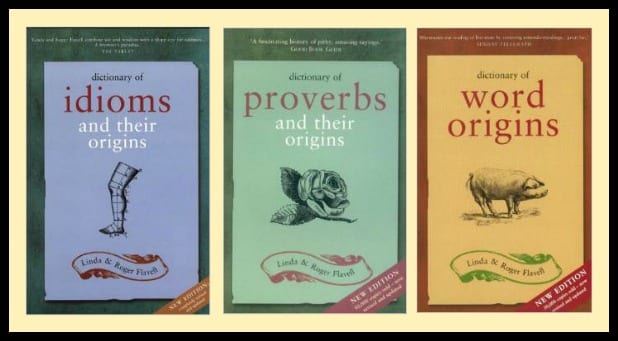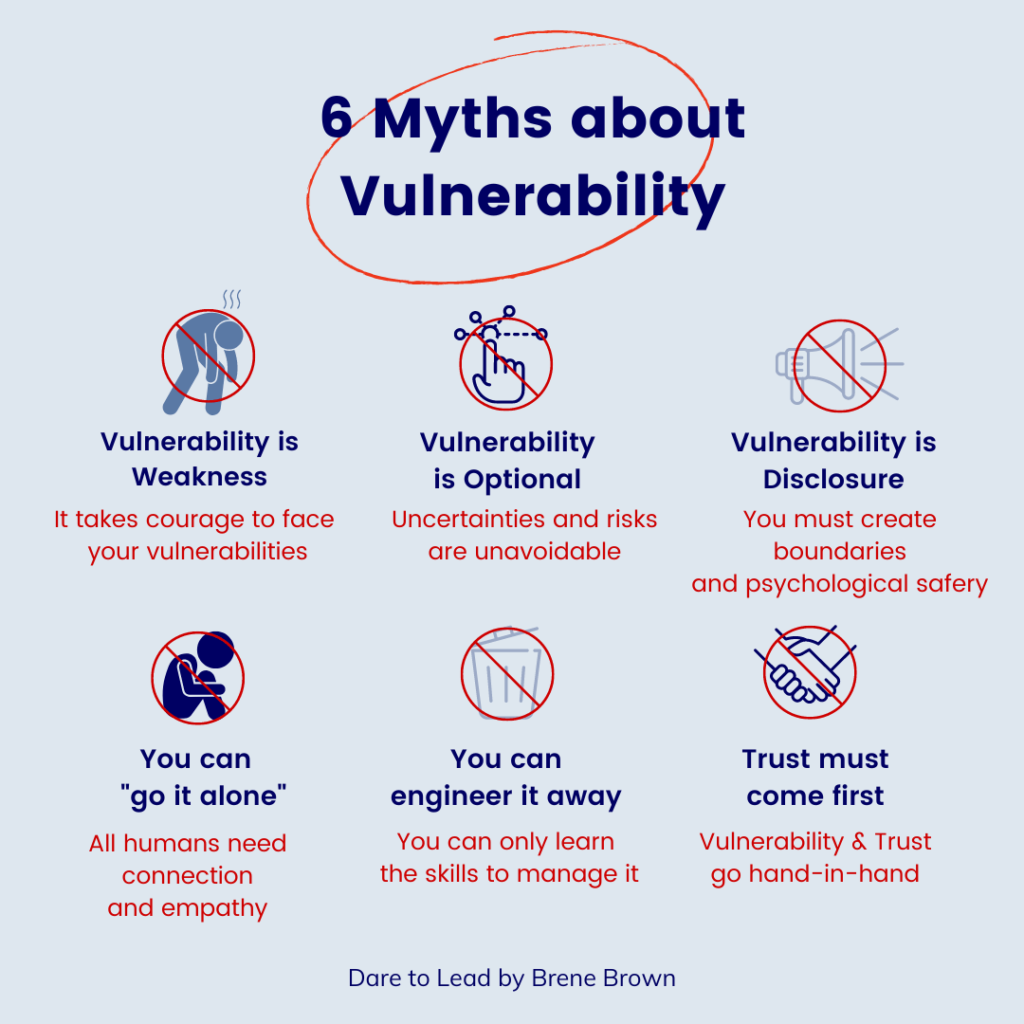The phrase “shared joy is a double joy; shared sorrow is tymoff” encapsulates the essence of human connection and the profound impact of sharing our experiences.
This article delves into the meaning behind this adage, exploring its origins, psychological implications, cultural relevance, and practical applications in our daily lives.
Origins of the Proverb

The origins of the proverb can be traced back to various cultures and philosophical traditions that emphasize the importance of community and collective experience. While the exact origin is unclear, similar sentiments have been expressed in different languages and cultures over centuries.
For example, the Swedish proverb “shared joy is a double joy, shared sorrow is half a sorrow” and the German saying “Geteiltes Leid ist halbes Leid” reflect a similar understanding of shared experiences.
Historical Context
Historically, communal living and collective experiences were essential for survival. In ancient times, communities would celebrate harvests, festivals, and victories together, reinforcing the bond between individuals.
Conversely, mourning was a collective experience in times of grief, allowing individuals to support each other through shared sorrow. This communal approach to life fostered a sense of belonging and mutual support that is echoed in the proverb.
Psychological Implications
The Science of Shared Emotions
Research in psychology supports the idea that sharing our emotions, whether positive or negative, can significantly benefit our mental health. When we share joy, the positive feelings are amplified through social reinforcement. Similarly, sharing sorrow helps to alleviate the burden, as the emotional load is distributed among those who care about us.
The Role of Social Support
Social support plays a crucial role in our psychological well-being. Studies have shown that individuals with strong social networks are more resilient to stress and can better cope with life’s challenges. Sharing our experiences with others, whether joyous or sorrowful, provides us with a sense of belonging and validation, which can enhance our overall mental health.
Read: The Youngest Son Of A Magician – Elias: A Journey Of Magic And Self-Discovery
Cultural Relevance
Shared Joy in Different Cultures
Different cultures have unique ways of celebrating and sharing joy. For example, in many African cultures, communal dancing and singing are integral parts of celebrations.
In Indian culture, festivals like Diwali and Holi are celebrated with family and friends, emphasizing collective joy. These cultural practices highlight the universal understanding that shared joy is a double joy.
Shared Sorrow Across Cultures
Similarly, how different cultures handle sorrow reflects the importance of shared experiences. In many Eastern cultures, mourning is a collective experience, with extended family and friends coming together to support the bereaved.
In Western cultures, while individualism is more pronounced, communal practices such as memorial services and support groups still emphasize the shared nature of sorrow.
Practical Applications in Daily Life

Sharing Joy
Celebrations and milestones provide natural opportunities to share joy. Whether it’s a birthday, wedding, or promotion, these events unite people to share in each other’s happiness, strengthening relationships and creating lasting memories.
Sharing joy doesn’t have to be limited to significant events. Everyday moments, such as a beautiful sunset or a humorous incident, can also be shared to enhance positive experiences. Social media has made it easier to share these moments, fostering a sense of connection even in the digital age.
Sharing Sorrow
When facing difficult times, seeking support from friends, family, or counselors can provide significant relief. Sharing our sorrows makes us feel understood and supported, making the burden easier to bear.
Building and maintaining a solid support network is essential for emotional well-being. Cultivating these relationships ensures a robust support system during challenging times.
Celebrating Together: The Impact on Our Brain
The Science of Shared Joy
Celebrating significant moments or achieving personal goals is more than just the event itself; it’s about sharing these moments with others. This sharing activates a cascade of neurotransmitters like dopamine, oxytocin, and endorphins, our body’s feel-good chemicals.
- Dopamine: This neurotransmitter is associated with pleasure and reward. When we share our happiness, dopamine levels increase, enhancing our sense of accomplishment and pleasure.
- Oxytocin: Often called the ‘love hormone,’ oxytocin plays a crucial role in social bonding. It helps us feel a strong sense of belonging and strengthens our connections with others.
- Endorphins: These chemicals act as natural painkillers and mood elevators, contributing to the overall feeling of happiness and well-being
The Feedback Loop of Positive Emotions
Sharing our successes and joys creates a positive feedback loop. As we share, joy and accomplishment strengthen, reinforcing our bonds with those around us. This feedback loop enhances our immediate happiness and creates lasting memories that we can revisit for a happiness boost.
The Power of Social Validation
Emotions intensify when shared, partly due to social validation. When others recognize and support our feelings, it enhances our emotions and motivation. This validation creates a sense of excitement and anticipation for future positive experiences.
Building Deep Connections
Sharing joy is more than just expressing happiness; it involves complex interactions that strengthen our sense of belonging and connection. Whether celebrating with friends or family, these shared moments create a series of experiences that bring us closer together.
The Multiplying Effect of Shared Happiness
Sharing joy is not a zero-sum game; it has a multiplying effect. When we give part of our joy away, we receive more in return, making the entire experience more prosperous for everyone involved.
The Science of Connection and Support
When we share our sorrows, our bodies release oxytocin, which helps bond us with others and fosters empathy. This empathetic response from a compassionate listener strengthens our emotional ties and increases our trust, making grief easier to handle and sorrow less lonely.
The Power of Emotional Support
Openly sharing our sorrows strengthens our social connections and demonstrates the power of vulnerability. Facing challenges together builds resilience and reinforces our bonds, proving that empathy is essential for maintaining well-being and strengthening community ties.
Read: What is Auctane ShipStation? Streamlining E-commerce Logistics
Transforming Pain into Shared Strength
Sharing grief and challenges allows for transformative empathy, where mutual support not only aids in healing but also fosters collective strength. Being an empathetic listener can profoundly impact someone’s life, showing empathy involves active participation in someone else’s emotional world.
Collective Celebrations and Mourning
Joyous and sorrowful times extend beyond the individual to become shared community experiences. Collective empathy during losses or celebrations strengthens social bonds and enhances our sense of belonging.
The Strength of Collective Support
Shared emotions become markers of our collective identity. When communities face natural disasters, the shared sorrow and recovery efforts highlight our social nature and strengthen our communal wisdom and resilience.
Enhancing Social Ties
Collective celebrations and public mourning strengthen our ties to each other. Shared joy multiplies through collective experience, while shared sorrow distributes the emotional weight, making it easier for everyone to handle.
Building Resilience Through Shared Experiences
Embracing moments of joy and grief together is critical to community resilience. These shared experiences shape our community’s strength, enhancing our sense of belonging and demonstrating that life’s journey is best navigated through individual and collective support.
The Challenges of Sharing: Vulnerability and Boundaries

The Importance of Vulnerability in Emotional Healing
Sharing our sorrows and joys authentically enables us to form genuine connections. When we allow ourselves to be vulnerable, we create an environment where others feel safe to open up, fostering mutual trust and intimacy.
Expressing our emotions, particularly painful ones, can be a cathartic experience. It helps in processing feelings, reducing the burden of carrying them alone, and finding solace in the understanding and empathy of others.
Embracing vulnerability can build emotional resilience. By confronting and sharing our fears, we learn to navigate our emotions more effectively and develop coping mechanisms that strengthen our emotional health.
Challenges of Embracing Vulnerability
- Fear of Rejection or Judgment: One of the main barriers to vulnerability is the fear of being judged or rejected. This fear can prevent us from sharing our true feelings and seeking the support we need.
- Cultural and Social Norms: In some cultures and social settings, showing vulnerability is seen as a weakness. This can discourage individuals from opening up and expressing their emotions openly.
The Importance of Healthy Boundaries
Boundaries are essential for protecting our emotional health. They help us maintain a sense of self and prevent us from becoming overwhelmed by the emotions and problems of others.
Setting boundaries ensures that our interactions are based on mutual respect. It helps define what is acceptable and what is not, fostering healthier and more respectful relationships.
Finding the Right Balance
- Sharing vs. Self-Reliance: While sharing our emotions is essential, it is equally crucial to maintain a degree of self-reliance. Over-reliance on others for emotional support can strain relationships and lead to codependency. Finding a balance means knowing when to seek support and when to rely on our coping mechanisms.
- Recognizing Personal Limits: Understanding our limits and those of others is key to maintaining healthy boundaries. This involves being aware of when we need to take a step back to recharge and ensuring we do not overextend ourselves emotionally.
FAQs
How Can Sharing Joy Impact Workplace Relationships?
Sharing joy in the workplace boosts morale, strengthens team bonds, and enhances job satisfaction and productivity.
What Are Some Effective Ways To Share Sorrow Without Feeling Like A Burden?
Choose a trusted person, find the right time, express your needs clearly, and offer reciprocal support.
Can Sharing Joy And Sorrow Online Be As Effective As In-Person Sharing?
Online sharing provides immediate support and broad reach, but face-to-face interactions offer deeper emotional connections.
How Does Cultural Background Influence The Way People Share Their Emotions?
Collectivist cultures emphasize community support, while individualistic cultures encourage personal expression and independence.
Conclusion
The proverb “shared joy is a double joy; shared sorrow is tymoff” encapsulates the profound impact of sharing our emotions. By understanding the origins, psychological implications, cultural relevance, and practical applications of this saying,
we can appreciate the power of shared experiences. Embracing the wisdom of this proverb can enhance our relationships, improve our mental health, and create a more connected and empathetic world.
Read:


